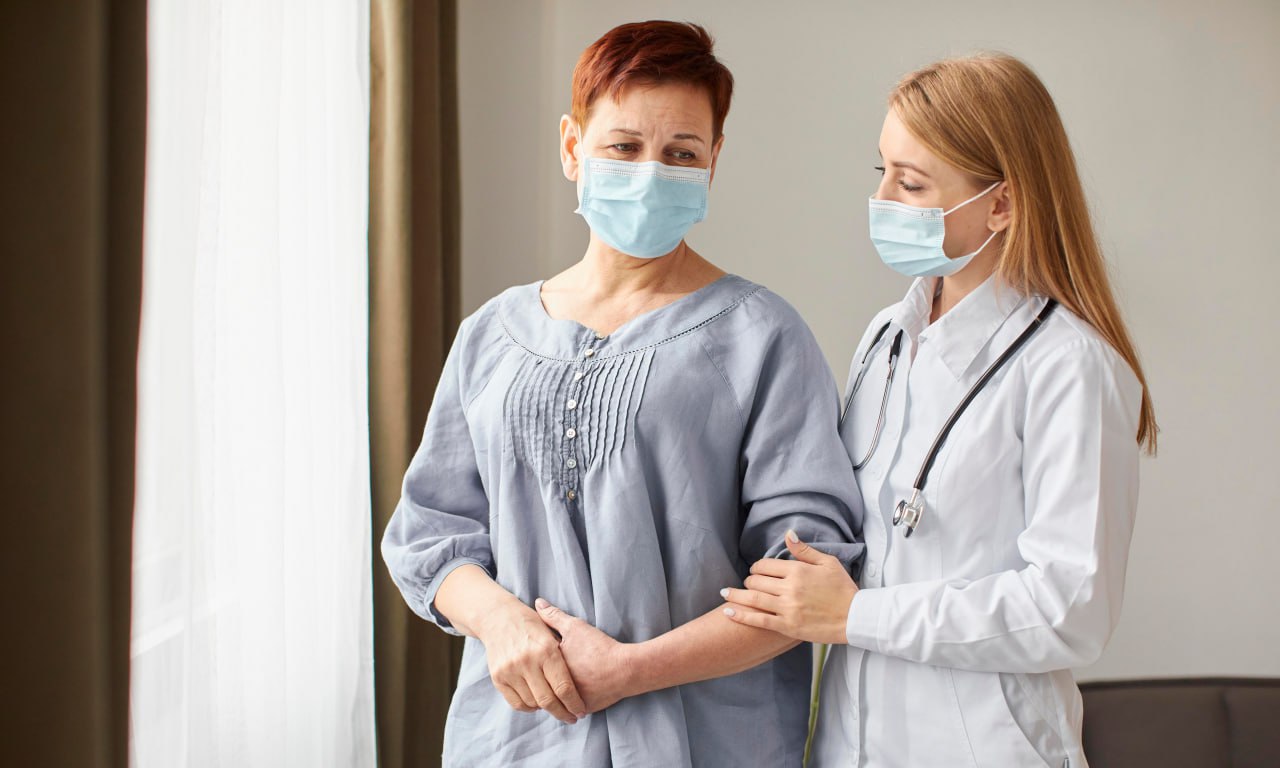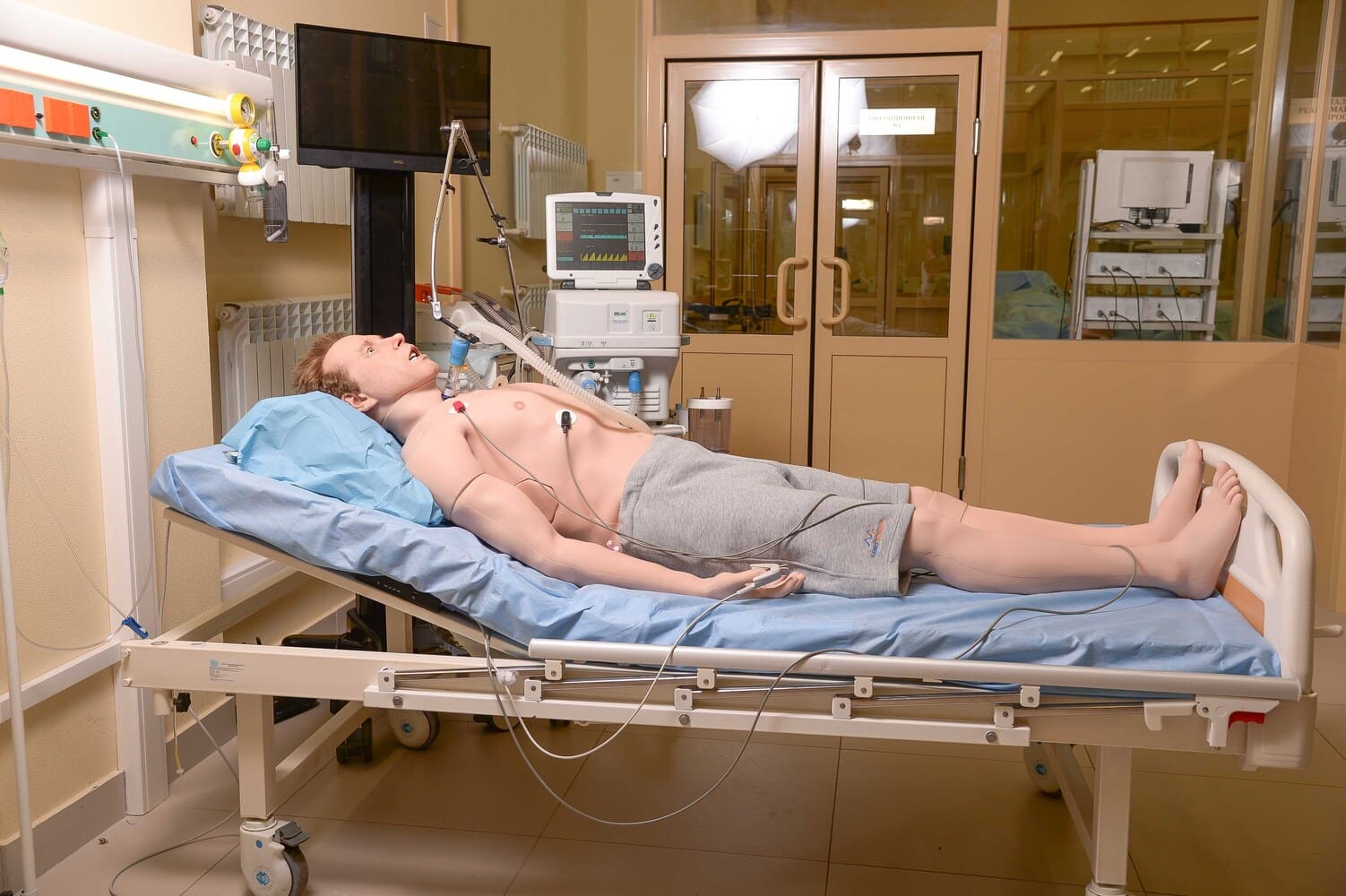
Real-World Medical Simulation Examples That Transform Healthcare Training
Medical simulation replicates real-life clinical situations in a controlled environment to support hands-on education and skill development.
This pedagogical approach allows learners to immerse themselves in structured yet realistic clinical encounters. Healthcare simulation examples range from simple case walkthroughs to high-fidelity simulations involving advanced mannequins and virtual technologies. These carefully crafted exercises are critical for improving patient safety, reducing medical errors, and standardizing best practices across disciplines.
Why Are Medical Simulation Scenarios Important?
Simulation scenarios for medical students offer an unparalleled bridge between textbook theory and the chaotic uncertainty of clinical reality. By engaging in carefully constructed simulation nursing scenarios, trainees develop confidence, diagnostic reasoning, and interpersonal communication — all vital skills in modern healthcare settings.
Consider this: a new nurse may excel in academic settings, yet falter when facing a real patient coding unexpectedly. Simulation helps close that gap, making these nursing simulation examples indispensable. They foster competence in a low-risk, feedback-rich environment that promotes both technical accuracy and human empathy.
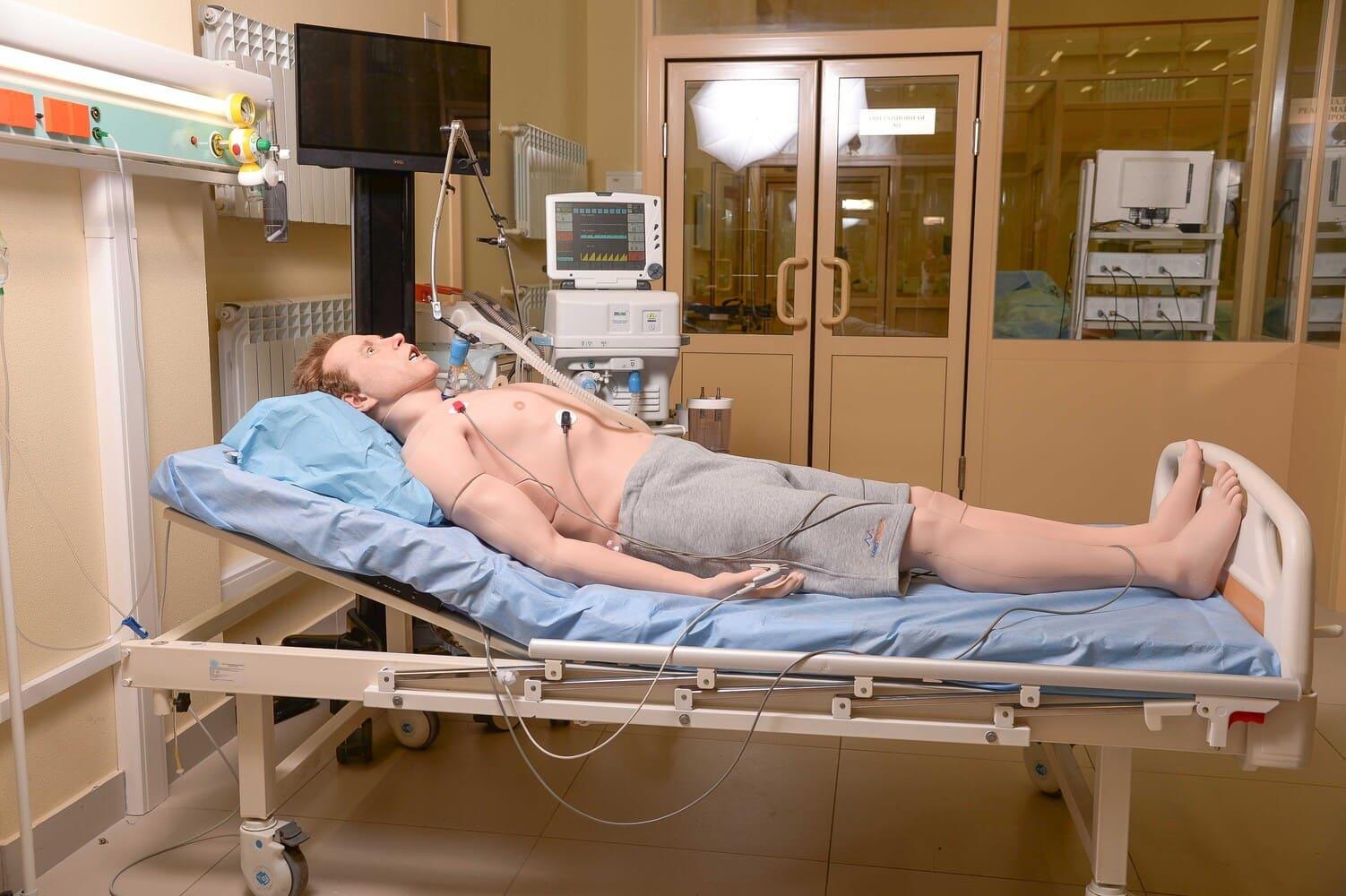
Key Features of Effective Healthcare Simulation Examples
To ensure maximum educational impact, high-quality medical simulation examples share several critical characteristics:
- Defined Learning Objectives: Every scenario should begin with clear educational goals, such as mastering CPR or triaging trauma.
- Realistic Context: Scenarios should mirror actual clinical settings — from lighting and sounds to electronic health records.
- Active Debriefing: Post-simulation discussions allow learners to process their actions, identify mistakes, and internalize improvements.
- Scalable Complexity: Good simulation design allows a scenario to evolve in difficulty based on learner progress.
The best simulation designs not only replicate clinical care but also instill the mindset required for safe and effective decision-making.
What Are the Most Common Medical Simulation Examples?
Many medical simulation examples focus on acute and emergency care, yet their application extends to routine assessments and interpersonal dynamics as well. Below are frequently used scenarios in healthcare simulation:
1. Cardiopulmonary Resuscitation (CPR)
One of the foundational simulation scenarios for medical students, CPR training incorporates both basic and advanced life support. Learners practice compressions, defibrillation, airway management, and team coordination during code blue simulations.
2. Sepsis Recognition and Management
Patient safety simulation scenarios often include early detection of sepsis — a life-threatening condition requiring immediate intervention. This helps students recognize subtle warning signs and initiate time-sensitive protocols.
3. Obstetric Emergencies
These simulation scenarios include shoulder dystocia, postpartum hemorrhage, or eclampsia. They train obstetricians, nurses, and anesthetists to manage high-risk labor and delivery cases safely.
4. Pediatric Anaphylaxis
These scenarios test a practitioner’s ability to act swiftly during a child’s allergic reaction. Simulation promotes preparedness and reinforces drug dosage accuracy.
5. Breaking Bad News
Not all medical simulations are procedural. Some focus on interpersonal communication, such as disclosing a terminal diagnosis to a patient or family member — a crucial skill for any healthcare provider.
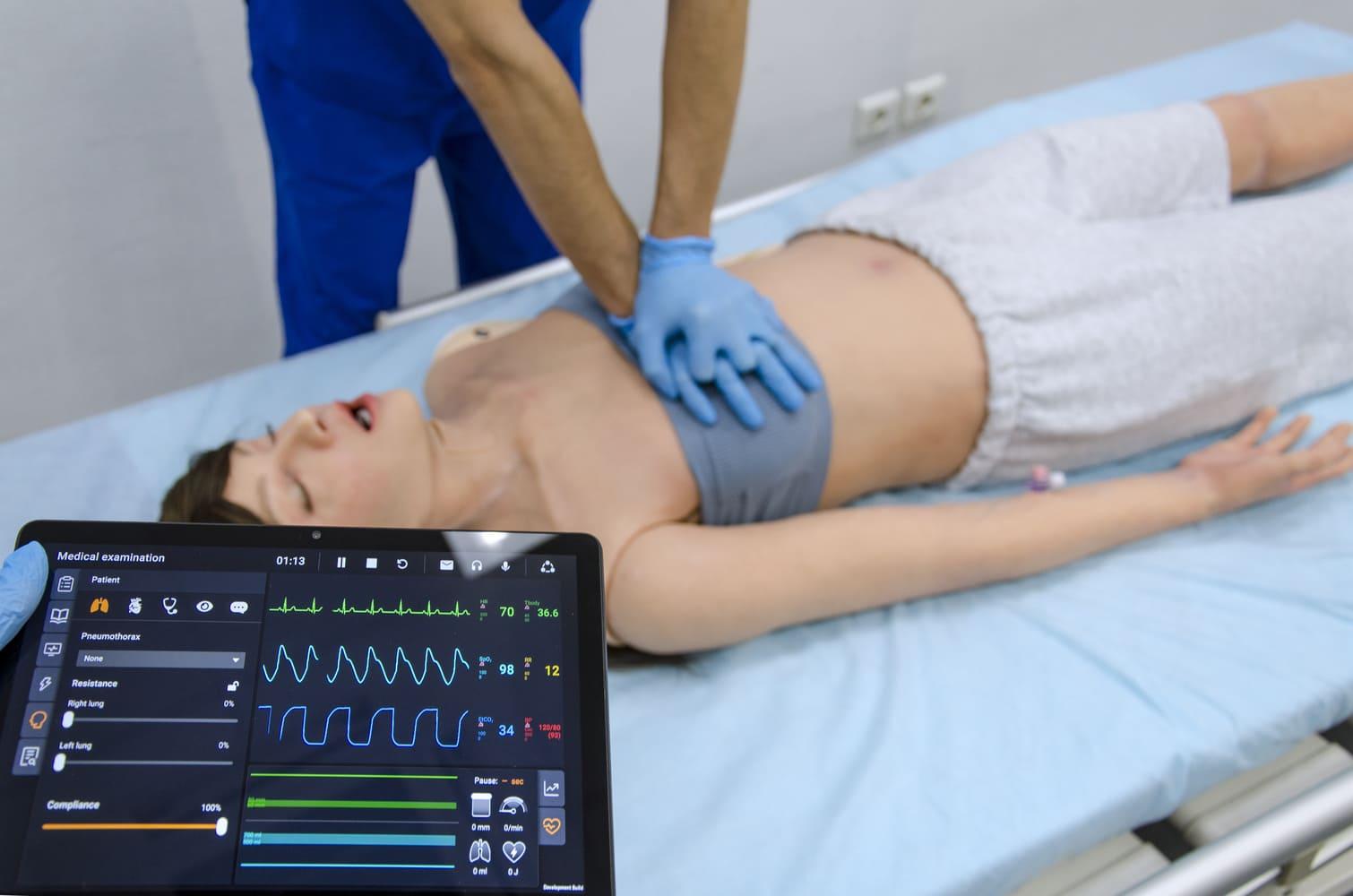
How Do Simulation Nursing Scenarios Support Clinical Practice?
Simulation nursing scenarios serve as dynamic rehearsal spaces for nurses, who often function as the frontline of patient care. From triaging incoming patients to managing medication errors, simulation offers a space to train without consequences.
In these scenarios, participants may need to:
- Interpret vital signs under time pressure
- Prioritize tasks during a multi-patient emergency
- Communicate assertively with physicians and other nurses
- Handle difficult patients or family dynamics
- Administer medications with accurate dosage and documentation
In essence, these nursing simulation examples simulate the multi-layered pressures of real healthcare environments, improving not just clinical aptitude but also leadership and crisis management.
How Are Patient Safety Simulation Scenarios Structured?
Patient safety simulation scenarios are deliberately designed to test the limits of a trainee’s judgment, decision-making, and response timing under pressure. They integrate unexpected variables — such as rapidly changing vitals or non-cooperative patients — to gauge readiness for real-world practice.
Here’s a look at the structure of a typical patient safety simulation:
Component
Description
Scenario Briefing
Overview of objectives and initial patient presentation
Simulation Execution
Learner interacts with high-fidelity manikins or standardized patients
Real-Time Feedback
Simulation may pause to introduce new developments (e.g., shock, arrest)
Debriefing
Facilitator-led reflection on actions, outcomes, and emotional response
Through repetition and refinement, these scenarios create a solid foundation for safe, ethical, and confident clinical behavior.
How Do Simulation Scenarios Improve Clinical Decision-Making?
Simulation scenarios are structured clinical exercises that help healthcare professionals make faster, safer decisions in complex situations. They replicate real medical environments, allowing learners to practice without risking patient safety.
These healthcare simulation examples train participants to:
- Recognize emergencies early
- Prioritize interventions
- Communicate under pressure
- Follow safety protocols effectively
For example, nursing simulation examples like sudden sepsis or respiratory failure enhance critical thinking and rapid coordination within care teams.
Through safe repetition and feedback, simulation strengthens clinical judgment and builds confidence across varied healthcare settings.
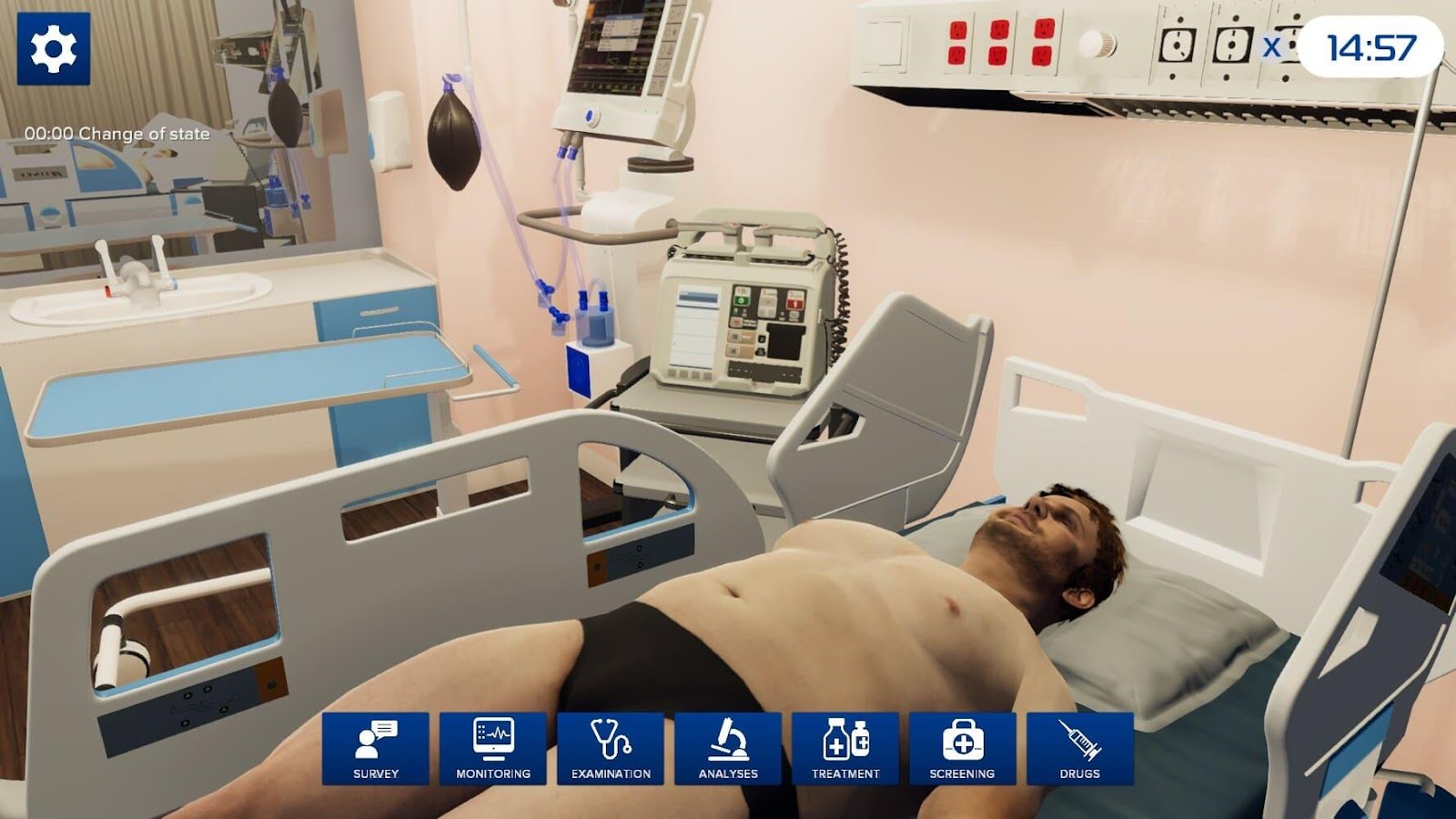
What Are the Benefits of Medical Simulation for Students?
Simulation scenarios for medical students provide a psychologically safe environment to test knowledge, make mistakes, and develop professional confidence. Unlike clinical placements that depend on patient availability and supervisor oversight, simulation offers consistency, repeatability, and immediate feedback.
Key benefits include:
- Bridging theory and practice through experiential learning
- Improving decision-making under stress
- Developing teamwork and communication skills
- Enhancing retention via active participation
- Reducing error risk in future real-life patient encounters
These healthcare simulation examples are critical in producing professionals who are not only clinically competent but also emotionally and ethically prepared.
People Also Ask (Q&A Format)
Why is simulation important in healthcare education?
Simulation enhances competence, promotes retention, and provides opportunities for reflection. It also builds muscle memory for procedures and trains learners to function effectively within a team — both essential for today’s fast-paced healthcare settings.
Are there specific simulation scenarios for medical students?
Yes. Simulation scenarios for medical students often include physical exam assessments, diagnostic challenges, trauma triage, and ethical dilemmas. These are designed to promote critical thinking and interdisciplinary collaboration.
How do simulation scenarios improve patient safety?
By replicating high-risk or rare events in a controlled environment, simulation scenarios allow healthcare teams to identify potential safety gaps, refine protocols, and practice emergency responses — all of which directly contribute to improved patient safety outcomes.
What are some realistic nursing simulation examples?
Realistic nursing simulation examples include scenarios like medication errors, patient falls, cardiac arrest, and postoperative complications. These simulations train nurses to act quickly and efficiently while maintaining patient safety and communication.
Immerse yourself in a demo to see how MedVision transforms traditional learning into an engaging, interactive experience
Subscribe for the Latest News!



